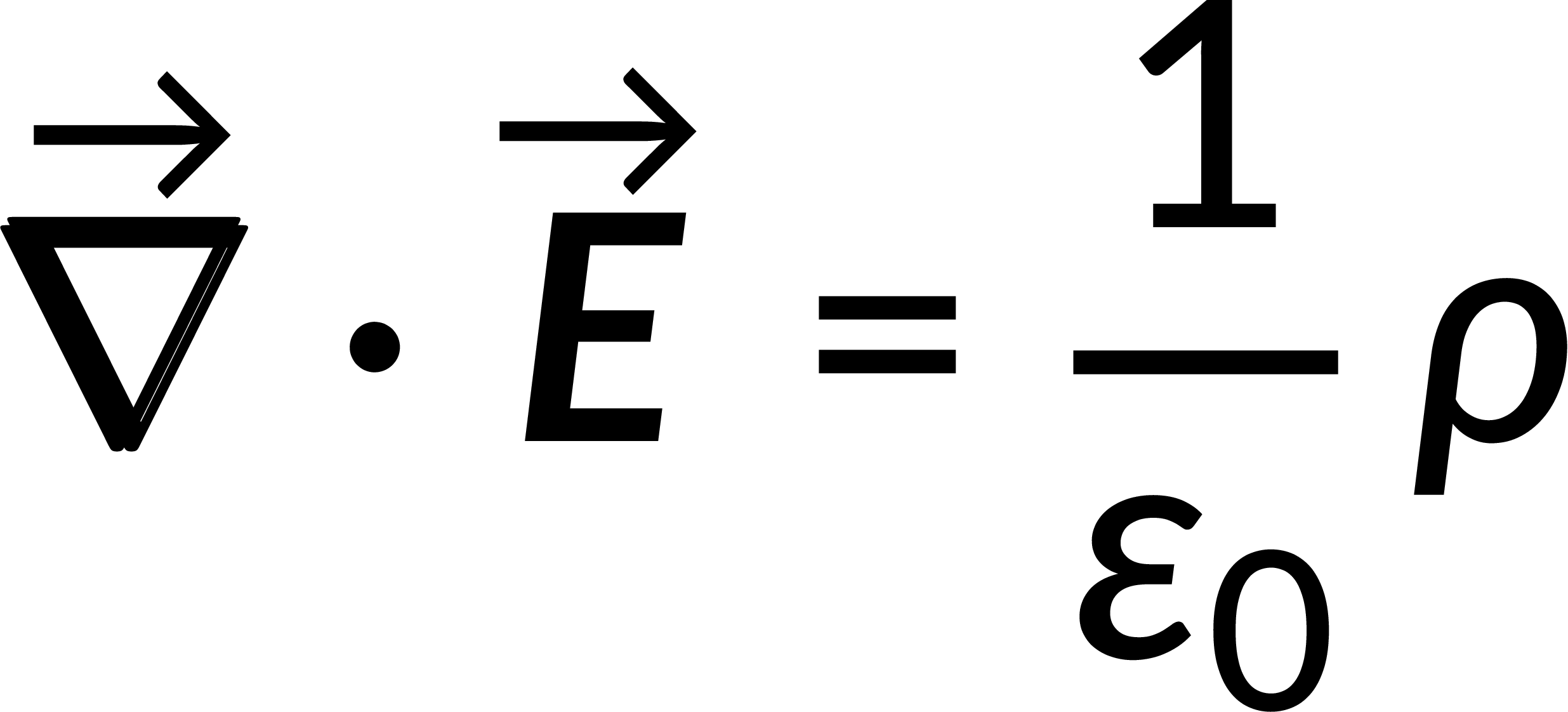23.13:
Divergence and Curl of Electric Field
Gauss's law states that the flux out of a closed surface equals the total charge enclosed within it.
Expressing the total charge in terms of volume charge density gives the integral form of Gauss's law.
According to the divergence theorem, the closed surface integral of an electric field equals the volume integral of its divergence. This means that, for any arbitrary volume, equating the integrands gives the divergence of the electric field.
The divergence of an electric field indicates the presence of a source for the field.
The electric field lines diverge from the positive charge and converge at the negative charge. It follows that, field lines cannot circulate back on themselves. So, the electric field has no curl.
Now, consider a closed path in an electric field. The line integral of the electric field over the closed path, on simplifying, equals zero.
Stokes' theorem states that the surface integral of the curl of the electric field equals the line integral over the closed path. Comparing both equations shows that the curl of the electric field is zero for a static charge distribution.
23.13:
Divergence and Curl of Electric Field
The divergence of a vector is a measure of how much the vector spreads out (diverges) from a point. For example, an electric field vector diverges from the positive charge and converges at the negative charge. The divergence of an electric field is derived using Gauss's law and is equal to the charge density divided by the permittivity of space. Mathematically, it is expressed as

If the divergence of an electric field is zero at a given point, the charge density at that point is also zero. The expression defines the sources of the electric field intensity and hence provides a method to calculate the electric field intensity.
The curl of a vector is a measure of how much the vector swirls around the point of observation. For static charges, the electric field lines do not circulate back on themselves; therefore, the curl of the electric field is zero. This can be expressed mathematically using Stokes' theorem, which states that the surface integral of the curl of an electric field equals the line integral of the electric field along a closed path. Now, since the line integral of the electric field along any closed path is zero, this implies that the curl of the electric field is also zero.
The electrostatic field is irrotational (curl-free) and has non-zero divergence for static charge distribution. This infers that the electrostatic field is generated by a scalar source alone, that is, a charge or a charge density.
Suggested Reading
- Griffiths, D.J. (2013). Fourth Edition.Introduction to ELectrodynamics. San Francisco, CA: Pearson. pp.66.
- IDA, N. (2015). Fourth Edition.Engineering Electromagnetics. Switzerland: Springer International Publishing. pp.140
